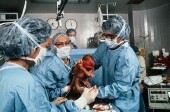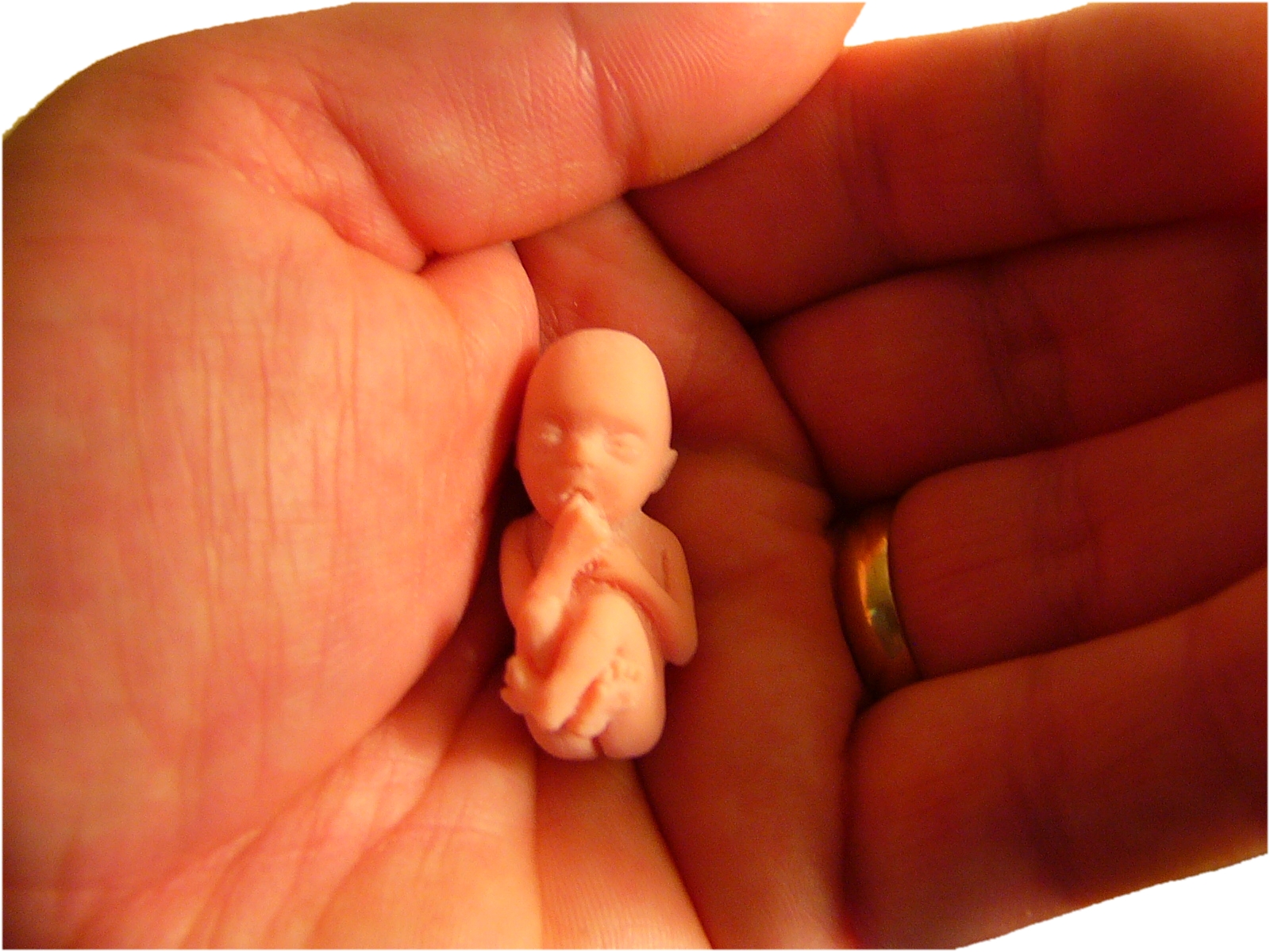
FRIDAY, May 28 (HealthDay News) — Stem cells from the amniotic sac that surrounds a fetus may someday be used to repair damage caused by a heart attack, Japanese researchers report.
The work, so far only conducted in animals, raises the possibility of a non-controversial source of stem cells to treat not only heart disease but also many other conditions, said Dr. Shunichiro Miyoshi, an assistant professor in the cardiology department at the Keio University School of Medicine, and co-author of a report in the May 28 online issue of Circulation Research.
“I believe these cells may be utilized in the treatment of autoimmune diseases such as SLA [systemic lupus erythematosus] and rheumatoid arthritis,” Miyoshi said. The amniotic sac is typically discarded after childbirth.
SLA is an autoimmune disease in which the body’s immune system cells mistakenly attack healthy tissue.
The cells that Miyoshi and his colleagues have used in mouse studies can easily be obtained in large numbers and offer another major advantage: they bypass the need to match donor-recipient cell typing, Miyoshi explained.
“At the present time there is no barrier for clinical utilization,” he said. “We can obtain amniotic membrane from every delivery. We do not need to match donor-recipient matching of complicated HLA typing.”
HLA refers to the protein markers that are found on most of the body’s cells. Transplanted cells that differ from the recipient’s HLA type will be attacked and destroyed by the immune system.
The Keio researchers have begun a series of studies aimed at the human use of the amniotic stem cells. “Now we are performing the experiment on a swine model,” Miyoshi said. “Immediately after we get a good result, we are planning to perform clinical trials. I believe it will go on within a few years. But it may depend on the strength of our government regulation.”
The journal report describes laboratory work in which stem cells obtained from amniotic membranes were transformed into heart cells, 33 percent of which beat spontaneously and which improved rat heart function by more than 34 percent when injected two weeks after a heart attack. The injected cells decreased the area of heart damage by 13 percent to 18 percent and survived for more than four weeks in the rats without the use of drugs to fight immune rejection.
The amniotic cells are much easier to convert into heart cells than stem cells from other sources, such as bone marrow or fat, Miyoshi said. They probably can be converted just as easily to cells of different organs, he said.
The immunological neutrality of the cells is “quite fascinating or mysterious,” Miyoshi said. One theory is that the amniotic sac bars the immune systems of the mother-to-be and her fetus from attacking each other by not producing the HLA proteins that identify foreign tissue.
A number of studies using stem cells to repair heart damage are ongoing in the United States, said Dr. Douglas W. Losordo, director of the Feinberg Cardiovascular Research Institute. Most studies have tried to use cells from the patient’s own tissue, such as bone marrow.
“There have been lots of animal studies and preliminary studies in patients pointed at repairing damage in heart attacks,” Losordo said. “There have been many discussions about whether some cells are better than others, and what sources of cells are available.”
The Japanese report will get attention because “the fact that a source of cells is readily available is of immediate interest,” he said.
Laboratory studies have indicated that stem cells from younger people have a greater ability to be transformed to cells of specific tissues, Losordo said. “It makes intuitive sense that cells from the amniotic membrane may enjoy a potency advantage,” he added.
But much work is needed to fulfill “the fantasy outcome — someone comes in with a heart attack and you have these cells sitting on the shelf that you can inject to repair the heart,” Losordo said.
The Japanese report is potentially very important for several reasons, said Dr. Marc S. Penn, director of the Cleveland Clinics Skirball Laboratory for Cardiovascular Cellular Therapy, and co-author of an accompanying editorial.
It is a novel adult’s stem cell type that can be delivered allogenically, from one person to another, Penn said. It might be possible to deliver it when a patient is having an artery opened in treatment for a heart attack. These cells appear to differentiate into true cardiac muscle cells, and there’s not clear evidence that others do.
The key is that this needs to be repeated by another group,” Penn said. “But at first blush it appears to be an important finding.
More information
A primer on stem cells and their possible medical use is offered by the U.S. National Institutes of Health.

